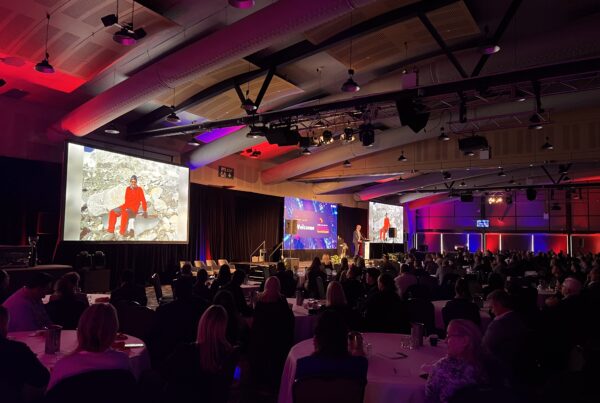Fleet managers have a challenging role in an ever-changing industry, so today, let’s hear from Geoff, a fleet manager who has worked in the role for roughly 7 years.
Geoff has a dual role where he looks after property as well as the fleet and works with a few different team members including a property administrator who deals with the admin work associated with the fleet and an operations manager who assists with fleet management.
With 80 vehicles in his fleet, from sedans, Utes, light buses and more operating in metro Adelaide and some regional areas in South Australian, Geoff aims to ensure sufficient supply and availability of vehicles for programs and organisational needs. It’s important to ensure there is a vehicle available and suitable for the driver’s needs and able to carry out their program requirements.
Do you enjoy working in the industry and what have been some highlights?
“I enjoy working in the fleet space, it’s an interesting field and always exciting to see the new technology which comes on board with vehicles, and the changes such as the tech involved with safety, the improvements in telematics and other systems. It’s always interesting to see what developments are happening and when they will be standard in the mainstream.”
What are the priorities of your fleet?
Geoff spoke about the Supply chain Perspective.
“Sufficient supply of vehicles, ensuring vehicles are adequately and well maintained, making sure they are serviced on time and fit WHS requirements for working fleet vehicles. We also like to look at preserving the life of the asset and maintaining its resale value through correct maintenance and service.
“Fleet managers must spread orders across a period of time that will enable a steadier supply to come through. It’s also a good idea to diversify supply chains a bit, while most fleet managers might have a preferred supplier Pre-Covid by now many have spread their orders across different suppliers.
“At the end of the day you need vehicles to operate.
“Working with OEMs to understand what constraints suppliers may be facing and what can be done to improve wait times is vital, this could include changing the features on a vehicle to get it quicker and choosing a model which has a shorter wait time, these actions can help fleet managers get vehicles when needed.
In a fleet context, what advice do you have for those looking to improve their environmental commitment but are unsure where to start?
“Look at your vehicle needs, what they are, what’s needed and what isn’t. There are ways to share vehicles across different programs reducing the environmental footprint of the fleet.
“Hybrids and EVs also offer the chance to reduce a fleets impact on the environment” Geoff stated that his fleet is currently looking at and using Hybrid vehicles as EV infrastructure still poses a challenge for a complete electrification.”
Does your fleet have EVs, if so, how was the transition received by drivers and the organisation as a whole? If not, would you consider introducing EVs into your fleet, why/why not?
“Down the track we would look at adopting electric vehicles (EVs) when charging infrastructure catches up. Infrastructure is the main challenge that is limiting the switch as we are just not at the level that can support and service EVs. Where possible we have gone with hybrid vehicles which again is not always possible as some programs require Utes and larger vehicles that simply have not been adapted in such a way.”
A big thank you to Geoff for taking the time to share his knowledge and experiences as a fleet manager.


















